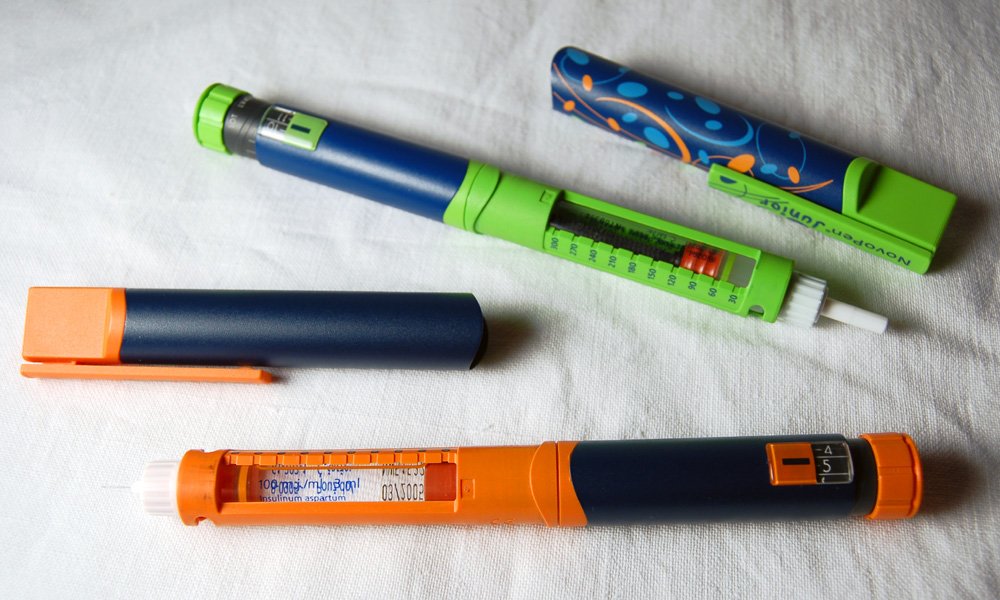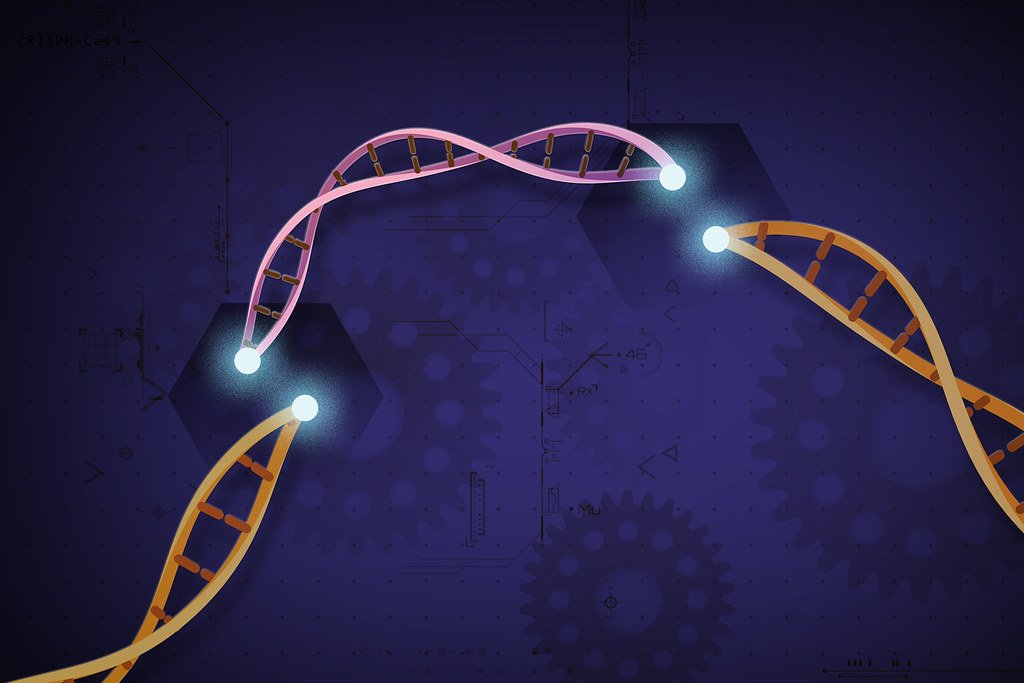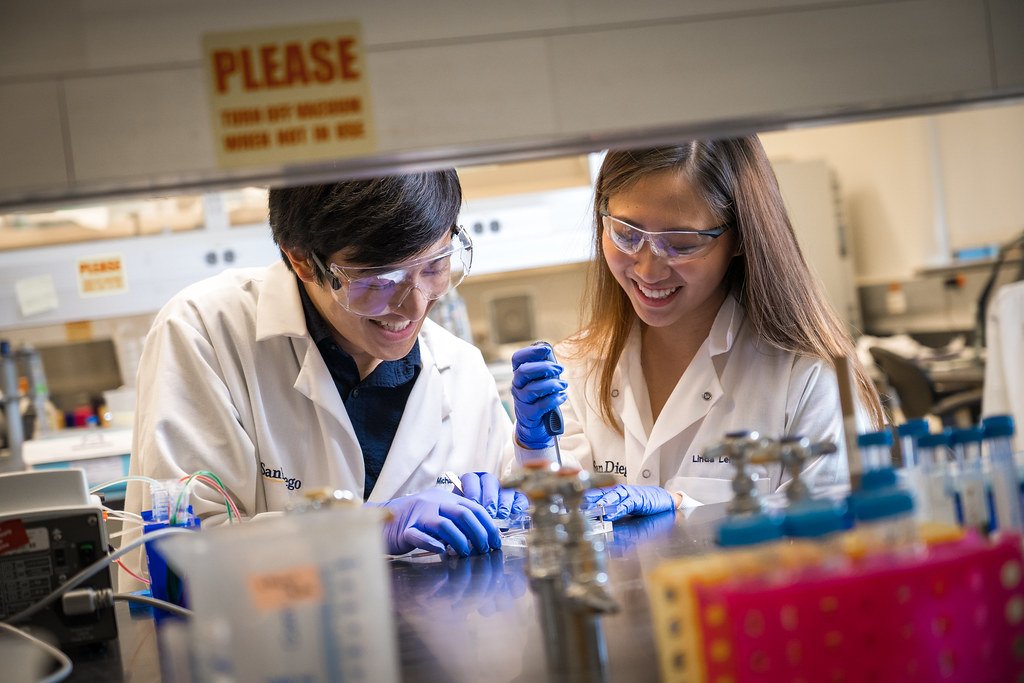Imagine a place where wild coastal cliffs meet the world’s most cutting-edge laboratories, where the hum of ocean waves seems to sync with the pulse of scientific discovery. That’s California—a land of endless reinvention and the beating heart of America’s biotech revolution. From the sun-drenched streets of San Diego to the innovation-packed corridors of the Bay Area, California has again and again set the pace for the nation, sometimes even the world, in biotechnology. Each breakthrough tells a story—not just of technology, but of imagination, grit, and the will to change lives. Here are eight times the Golden State didn’t just participate in biotech history, but rewrote it entirely.
The Birth of Recombinant DNA Technology at Stanford

In the early 1970s, a quiet revolution began at Stanford University when Herbert Boyer and Stanley Cohen unlocked the method of splicing DNA from different organisms. Their work with recombinant DNA technology laid the foundation for genetic engineering, opening the door to everything from insulin production to genetically modified crops. This breakthrough didn’t just change science—it changed what was possible in medicine and agriculture. Their collaboration showed the world how blending curiosity with technical skill could spark new industries. It’s hard to imagine modern biotech without this California-born innovation.
Genentech and the First Synthetic Human Insulin

San Francisco’s Genentech, founded in 1976, was the site of a medical miracle: the creation of the world’s first synthetic human insulin. Before this, diabetes treatment relied on animal insulin, which often caused complications. Genentech’s team, blending Silicon Valley’s risk-taking spirit with scientific rigor, used recombinant DNA techniques to produce insulin in bacteria. By 1982, synthetic insulin was approved for patients, marking the first genetically engineered therapeutic protein available to the public. This breakthrough didn’t just save lives—it proved that biotech could turn visionary ideas into everyday miracles.
The Human Genome Project’s California Backbone

When the world set out to map the human genome, California’s scientists and institutions formed the backbone of the effort. The University of California campuses, particularly UC Santa Cruz, played a pivotal role in assembling, analyzing, and publicly releasing the genome sequence. The tools and databases developed in California made the genome accessible to researchers everywhere, accelerating discoveries in disease, ancestry, and personalized medicine. This wasn’t just a scientific achievement—it was a triumph of open science, with California’s collaborative energy powering much of the project’s success.
CRISPR Gene Editing Revolution in Berkeley

The gene-editing tool CRISPR, which has forever changed the future of genetics, found its roots at UC Berkeley. Jennifer Doudna and her team unveiled a way to “cut and paste” DNA with extraordinary precision. This breakthrough is as dramatic as the invention of the microscope or the telescope—suddenly, scientists could edit genes with a level of accuracy once thought impossible. The discovery fueled hope for curing genetic diseases and reimagined how we approach everything from crops to cancer. With this, California again showed its talent for turning bold ideas into world-changing tools.
Stem Cell Research and Proposition 71

In 2004, California voters made history by approving Proposition 71, which allocated $3 billion to stem cell research when federal support was uncertain. The state’s commitment created the California Institute for Regenerative Medicine (CIRM), driving world-class research into therapies for spinal cord injuries, Parkinson’s disease, and blindness. The impact rippled out, inspiring other states and countries to invest in regenerative medicine. California’s bold bet on stem cells reflected its culture of hope and its willingness to lead when others hesitate.
Pioneering Personalized Cancer Therapies in Los Angeles

At UCLA and medical centers throughout Los Angeles, researchers have forged new paths in personalized cancer therapy. Using advanced gene sequencing, doctors can now tailor treatments to each patient’s unique cancer profile. Immunotherapies born from this research have given hope where little existed before. These breakthroughs mean that, for many, cancer is no longer a monolithic enemy but a battle that can be fought with precision weapons. California’s relentless pursuit of individualized care continues to inspire clinics and scientists across the globe.
Bioprinting and Regenerative Medicine in San Diego

San Diego has quietly become the world’s playground for bioprinting—the creation of living tissues using 3D printers. Local startups and research labs have produced everything from miniature livers to custom scaffolds for bone regeneration. This technology, which sounds like science fiction, is now helping surgeons, researchers, and patients dream bigger. The region’s collaborative spirit, drawing on its mix of biotech companies and academic powerhouses, has made San Diego a beacon for the next era of personalized medicine.
Designer Microbes in the Bay Area

Synthetic biology—engineering microorganisms to solve real-world problems—has flourished in the Bay Area. Startups like Amyris and Zymergen have developed microbes that produce everything from life-saving drugs to sustainable fuels and even fragrances. This blend of biology and engineering is helping to shrink our environmental footprint while creating new economic opportunities. The Bay Area’s fusion of tech culture and bioscience has made it a launchpad for the “organisms as factories” revolution.
Breakthroughs in Agricultural Biotechnology in Davis

UC Davis, nestled among California’s vast farmlands, has long been a leader in agricultural biotech. Researchers here pioneered drought-resistant crops and innovative pest management tools that have helped farmers worldwide. Their work on plant genetics has enabled higher yields and more resilient harvests, crucial as the planet faces climate change. By blending traditional agricultural wisdom with cutting-edge science, Davis has helped feed the world and protect the environment.
Biotech Environmental Solutions from Silicon Valley

Silicon Valley isn’t just about computers and software—it’s home to green biotech startups tackling pollution and resource scarcity. Companies are engineering bacteria that can clean up oil spills or gobble up plastic waste. Others focus on creating sustainable materials that break down naturally. This spirit of environmental stewardship, rooted in California’s love for its landscapes, is helping redefine what it means to be a tech innovator.
Revolutionizing Diagnostics with Rapid Testing in Pasadena

Pasadena’s biotech firms have transformed disease detection through rapid testing technologies. During health crises like COVID-19, these companies quickly delivered accurate, easy-to-use tests that gave doctors and patients the information they needed, fast. Their innovations in portable diagnostics are now used worldwide, improving outcomes and saving lives. It’s another example of how California’s ingenuity doesn’t stay local—it ripples around the globe.
Advancing Neuroscience with Brain-Machine Interfaces in San Francisco

San Francisco’s biotech and tech firms are pioneering the fusion of biology and electronics. Brain-machine interfaces, which allow people to control computers or prosthetics with their thoughts, are moving from science fiction to reality here. These devices have the potential to restore movement to paralyzed patients and open new worlds for those with disabilities. The city’s unique culture of collaboration between biologists, engineers, and entrepreneurs makes it a hotspot for these mind-bending inventions.
Green Chemistry Initiatives in Berkeley

Berkeley has become a leader in green chemistry—designing chemicals and processes that are safer and more sustainable. Researchers here are inventing biodegradable plastics and non-toxic cleaning agents, helping to reduce pollution and protect health. Their work is quietly transforming industries, from agriculture to manufacturing, demonstrating that California innovation isn’t just about what’s possible, but what’s responsible.
Biotech Startups Transforming Food in Emeryville

The small city of Emeryville, just across the bay from San Francisco, has become a mecca for food biotech. Companies are brewing animal-free dairy and plant-based meats that taste like the real thing, aiming to reduce the environmental impact of traditional farming. These breakthroughs are changing how we think about food, nutrition, and sustainability. It’s a delicious example of how California’s innovation can land right on your dinner plate.
Wearable Health Technology from Orange County

Orange County is at the forefront of wearable health tech, with companies designing devices that monitor everything from heart health to blood sugar in real time. These gadgets empower people to take charge of their health, catching problems early and preventing disease. The region’s blend of high-tech manufacturing and medical expertise has made it a leader in this fast-growing field, showing how biotech can be both lifesaving and accessible.
Pioneering Cell Therapies for Rare Diseases in La Jolla

La Jolla’s research institutes are pioneering cell therapies for rare and previously untreatable diseases. Scientists here are engineering cells to replace damaged tissue or fight off deadly illnesses at the root. These breakthroughs are offering hope to patients who had none, and their ripple effects are felt far beyond California. The passion and compassion driving this work show the human heart behind even the most high-tech science.
California’s story is one of relentless reinvention, where every setback is a setup for a comeback, and every discovery opens a new chapter. The Golden State’s biotech triumphs remind us that with vision, courage, and a little bit of California sunshine, there’s no telling what’s possible.



